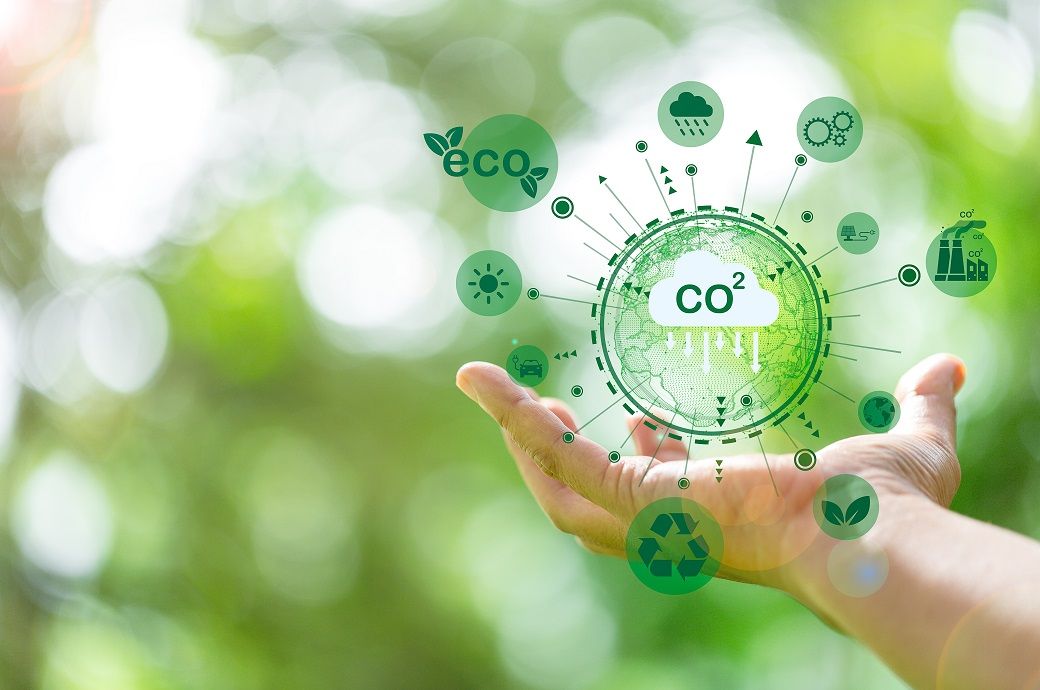
The study, conducted by analysis firm Makrologik in collaboration with Amazon Sweden, carrier PostNord, bookstore Adlibris, and online pharmacy MEDS, combined detailed transport and sales data with survey responses from over 1,800 Swedish consumers. Together, these partners represent some of the largest and most influential players in Swedish commerce, offering a broad and realistic picture of how modern e-commerce operates.
E-commerce doesn't just change how people shop, it also transforms how goods move through society, replacing many private car trips with consolidated, often electric, delivery routes. It tends to reduce emissions and increase efficiency through several key factors. First, people typically order more items per online purchase than they would in-store, resulting in bigger baskets and fewer trips overall. Second, professional logistics teams use advanced tools and incentives to optimise deliveries, consolidating shipments across multiple households. Third, the vehicles used for e-commerce deliveries are often greener—nearly three out of four deliveries in Sweden are made using electric or bio-fuelled vehicles, compared to just one in five private cars. Finally, for many customers, especially those outside urban centres, delivery lockers and pickup points are actually closer than the nearest physical store.
The study does not suggest a world without physical stores; many consumers enjoy and rely on them, and many sellers use multiple channels to reach customers. But it does suggest that e-commerce plays a critical role in complementing traditional retail, especially for rural communities, busy households, or those needing access to a wider range of products.
One of the most eye-opening findings is that 60 per cent of surveyed consumers said they would shop online more often if they knew it was better for the environment. That tells there’s still a perception gap and a real opportunity to raise awareness around how thoughtful, modern e-commerce can help drive the transition to a lower-carbon economy.
ALCHEMPro News Desk (RR)
Receive daily prices and market insights straight to your inbox. Subscribe to AlchemPro Weekly!